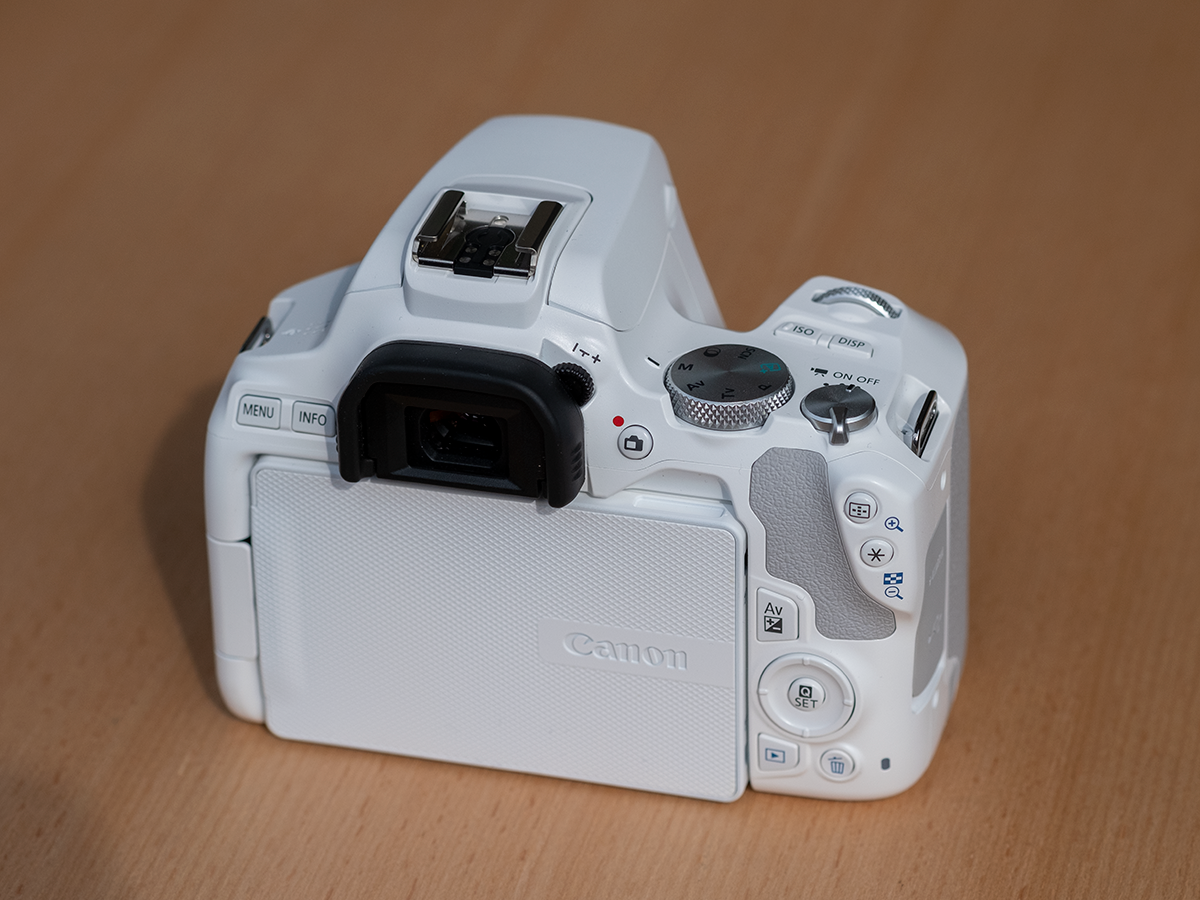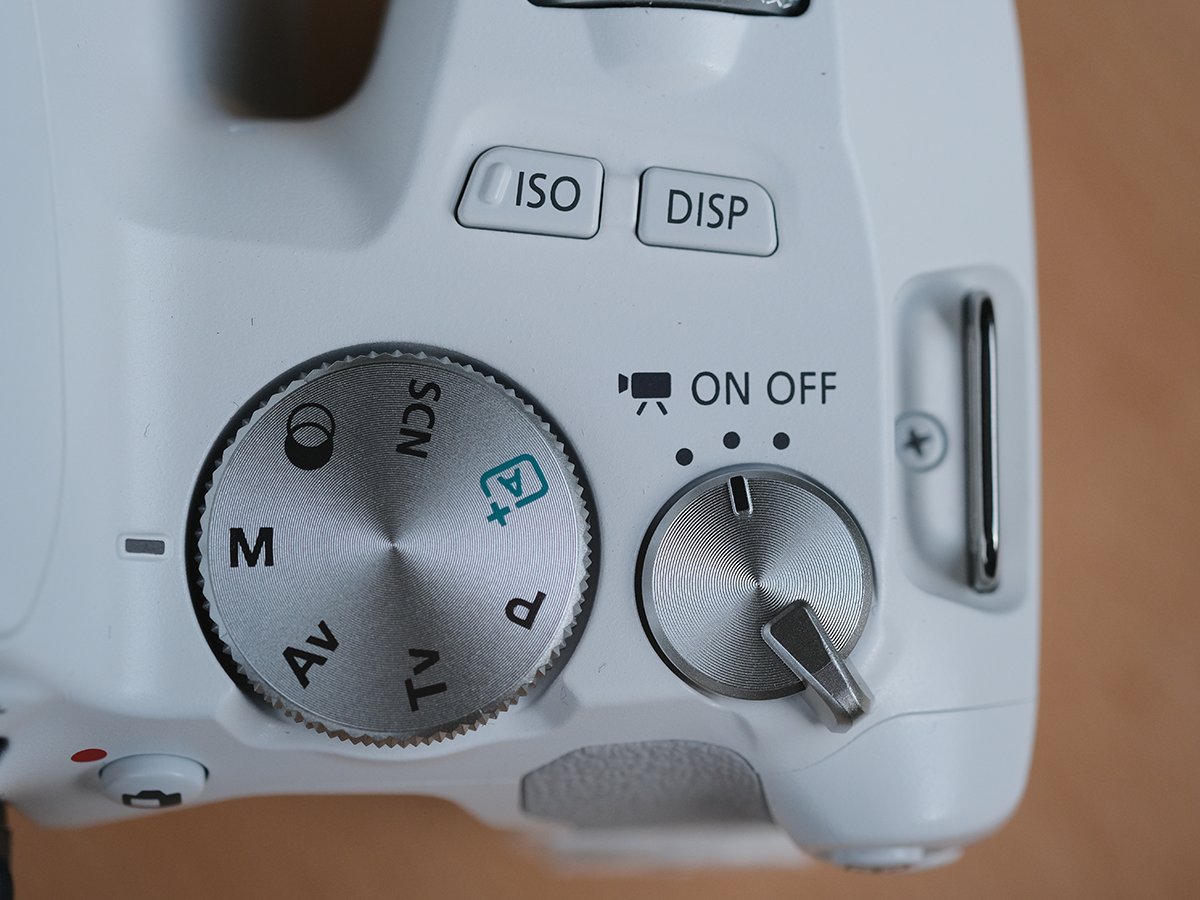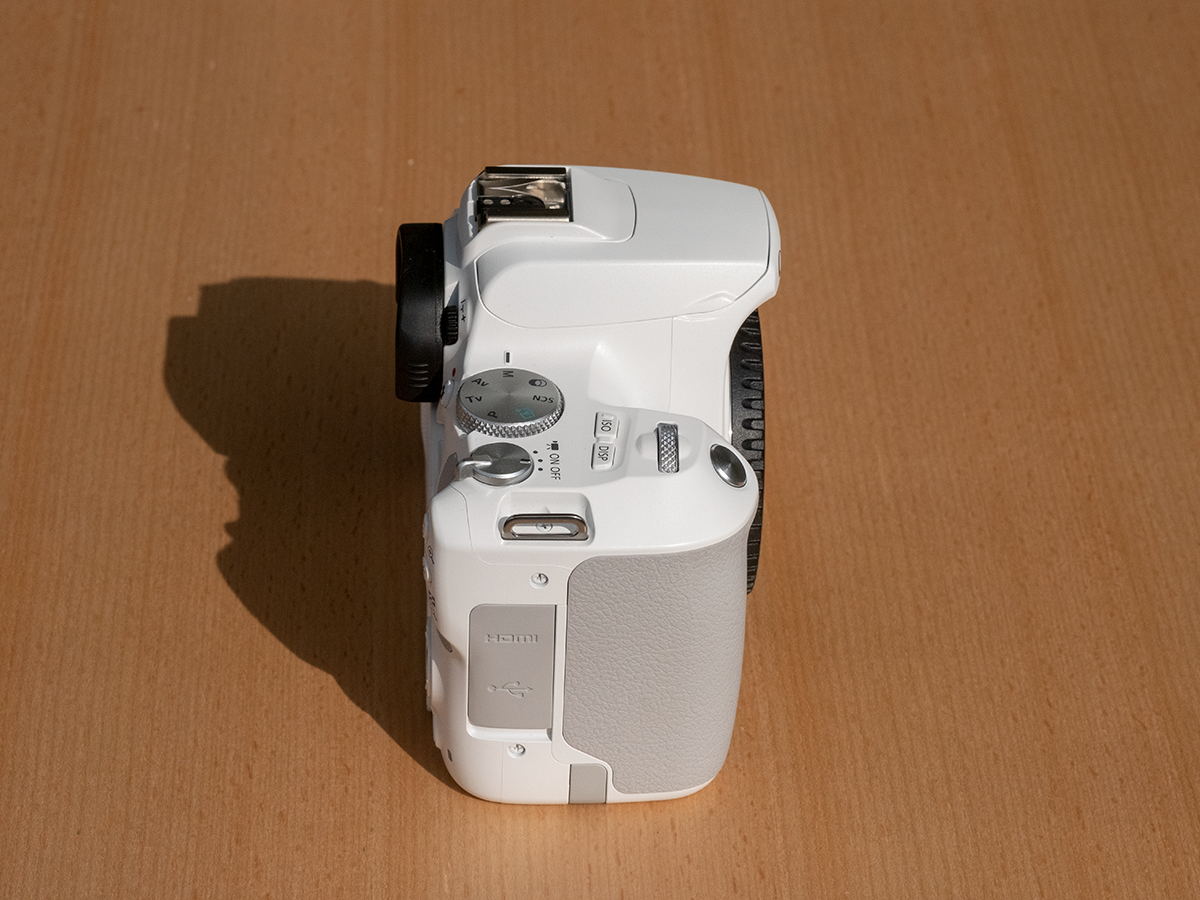Canon EOS 250D review
The good outweighs the bad
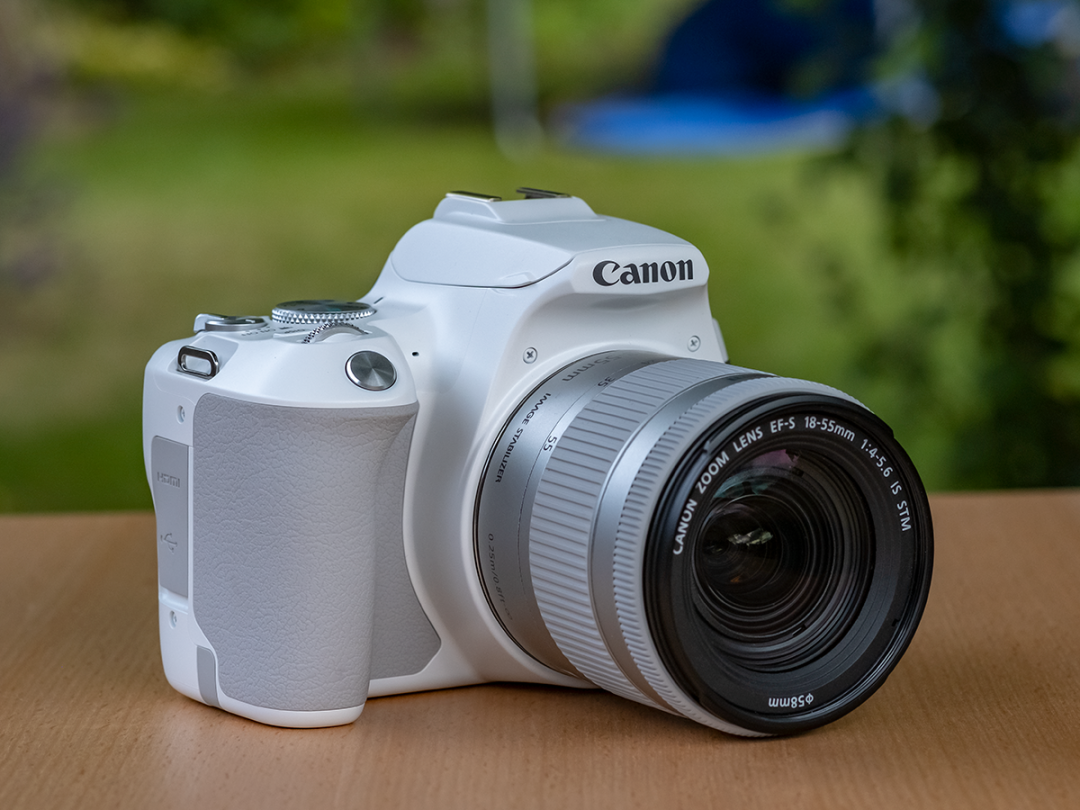
The idea that ‘the best camera is the one you have with you’ has been around for ages.
Until a few years ago, of course, it wasn’t actually true – but then smartphones arrived and turned the world on its head. These days, the best camera often really is that little black rectangle sitting in your jeans pocket.
All of which leaves a DSLR such as the new Canon EOS 250D in quite a tough place: it’s aimed squarely at beginners and is marketed as the next step up for a budding smartphone snapper.
And in some ways, it is. It has a big 24MP APS-C sensor, shoots 4K video and can handle hundreds of lenses ranging from fast primes to bird-bothering long zooms.
But in a world where the latest Huawei phones pack four cameras and can zoom optically, is it really good enough of a step up to be worth spending £500 on? Let’s find out.
DESIGN AND BUILD: OFF WHITE
Whatever else it achieves, the 250D comfortably wins the award for Most Spurious Claim To Greatness In a Consumer Technology Product, 2019.
It’s proudly billed as being ‘The world’s lightest DSLR with a movable screen’, which is akin to me boasting that I’m the most handsome man over the age of 40 in my house at 2.42pm on a Wednesday in November – which is to say it’s both technically correct and utterly insignificant.
That said, the 250D is impressively light and it does have a very nice movable screen, so maybe I’m being harsh.
As a proper DSLR, mirror and all, it’s bigger than its CSC competition, with a chunky grip that fits very nicely into the hand and a big prism on top which houses the viewfinder and flash.
The body is mostly plastic – no surprise at this price – but it’s really well-built and feels solid enough that you won’t worry about stuffing it in the bottom of your tote.
It’s not unattractive, either, though the black and silver options are much nicer than the white version I’ve tested, which rather screams Fisher-Price First Camera at you.
The big 3in LCD display round the back really is excellent. Canon was the first to master the art of tiltable screens and the one here does everything you’d want it to.
It can flip out to the side then swivel round in 270 degrees, so you can shoot at all manner of odd angles and even take a selfie if the mood takes you. And when you’re finished, you can flip it back and store it flat against the body, so it can’t be damaged when travelling. It’s touch-sensitive, too, and has a decent resolution (for the price) at 1.04k dots.
The optical viewfinder is merely fine by DSLR standards, offering 95% coverage and 87% magnification, but it’s bigger than the electronic efforts you’ll find in many comparable CSCs.
Although small by DSLR standards, the 250D has room for plenty of buttons – but sensibly, given its beginner focus, they’re kept to a minimum. You get a single mode dial and a single command dial on top, while the on/off button also has a third position for selecting video.
The most commonly used options, for instance ISO and Liveview, also get dedicated controls, but many of the others are hidden away within the Menus. Fortunately, the combination of the idiot-proof Q shortcut and the touchscreen gives you easy access to everything else, without the need for much hunting.
My only real complaint on this front is that some of the buttons are a little small, with the d-pad in particular being biased against those of us with sausage fingers.
On the plus side, battery life is excellent. Canon reckons you’ll get around 1000 shots from it, although that figure will go down swiftly if you use a lot of Live View, and in a week of testing it I never once had to charge it up.
IMAGE QUALITY: STAY FOCUSED
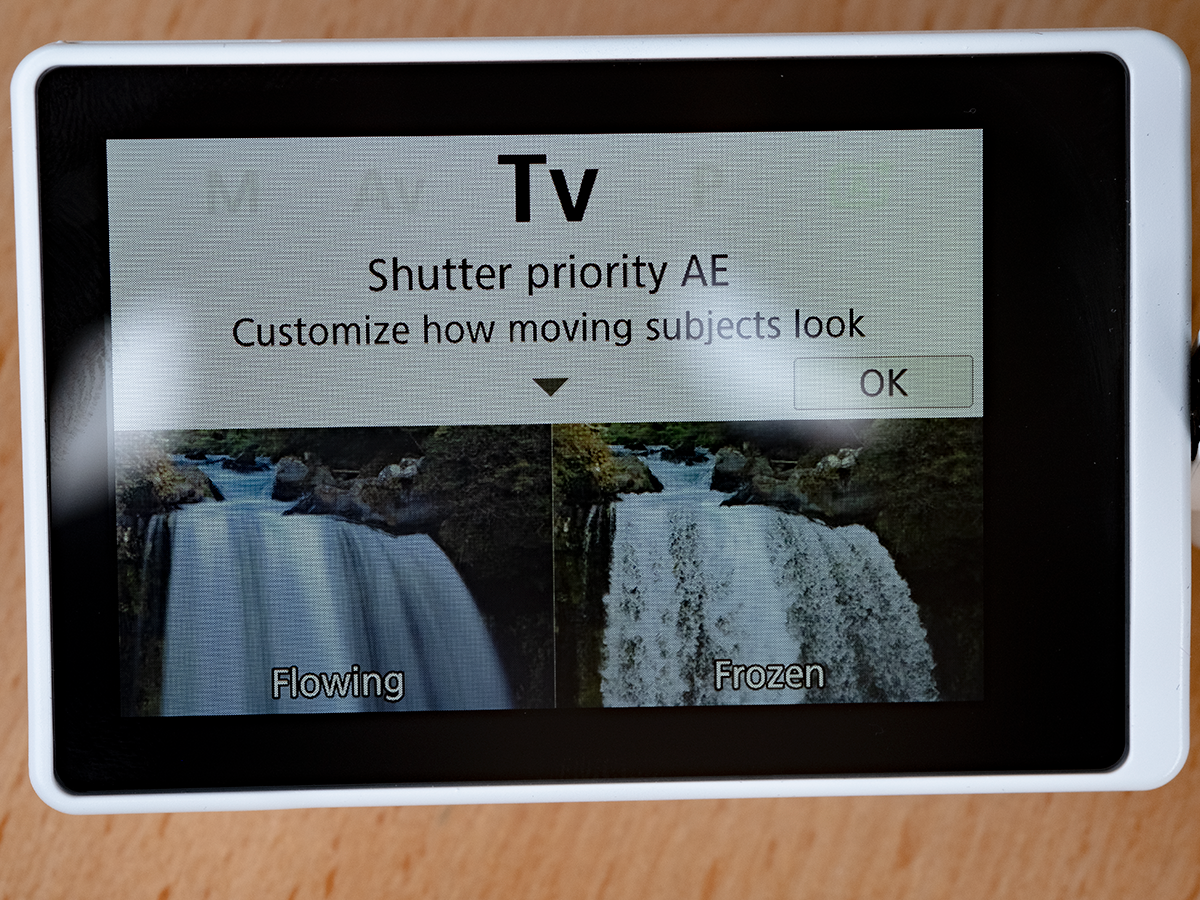
The 250D packs a 24.2MP APS-C CMOS sensor and Canon’s latest DIGIC 8 processor, and that combination serves up great results in most situations.
The images themselves are certainly a cut above anything you’ll see on any phone, with that large APS-C sensor delivering bags of detail and sharpness you could cut a steak with.
Colours are well handled, too: slightly muted compared to the average smartphone but far more realistic and with much greater contrast and dynamic range, and noise is only really noticeable from about ISO 3200 on.
Impressive though the stills are, the camera does have some significant limitations compared to other, more expensive DSLRs.
Autofocus is the main drawback – the 250D has only 9 focus points when shooting through the viewfinder, whereas the similarly priced Fujifilm X-T100, for instance, has 91.
In practice that means that letting the camera focus for you is a bit of a hit and miss affair – you’re generally going to be better choosing the centre point and doing it manually, particularly if you’re shooting a busy scene.
The lack of focus points also impacts heavily on action shots, with the 250D not always able to accurately track fast-moving subjects. A 5fps limit on burst shooting is another limitation in this regard – it’s definitely not a camera for sports addicts or wildlife enthusiasts.
That said, the 250D is a lot more capable if you shoot in Live View mode via the screen at the back. Here, the camera gets to play with a far more advanced Dual Pixel CMOS AF system, offering a whopping 3,975 points (I counted).
Dual Pixel is much better at tracking subjects and locks on instantly; set it to shoot on touch and you can swiftly capture images with a single press. There’s even an eye-focus option – a neat feature to have on a camera as cheap as this.
It’s all really very good, comparable to the AF systems on much more expensive CSCs, and way better than just using the viewfinder. Just bear in mind that a screen isn’t always the best option for outdoors use in bright sunlight, and will use up the battery more quickly.
In terms of shooting modes, beginners will benefit from the Scene Intelligent Auto option, which takes complete control over everything you do by analysing the scene and deciding which settings will work best.
It mostly does a good job of it, but I found the Special Scene modes to be more accurate. These include categories such as ‘Sport’, ‘Landscape’ and ‘Food’, with the camera again choosing the optimum settings for the subject. They generally served up better results than the Auto mode – although being an expert photographer I would of course never be seen dead using anything over than full Manual mode in real life. Ahem.
VIDEO QUALITY: HD READY

The 250D’s other big claim to fame, outside of the whole lightweight-with-a-flip-out-screen thing, is the fact that it shoots 4K video. Or at least it sort of does, because the options on this front are somewhat limited.
For starters, 4K video is cropped by 1.7x compared to full HD footage, which makes it pretty hard to get wide-angle shots in certain surroundings, unless paired with the kind of ultra-wide-angle lens that a beginner is unlikely to be using. Turn on the 250D’s built-in video stabilisation options, meanwhile, and a further crop is applied.
There’s also only one frame-rate available at this resolution – 25fps (or 26fps if shooting in NTSC rather than PAL) – whereas at full HD you also get 50fps. Oh, and ISO maxes out at 6400 rather than the standard 25,600.
Worst of all, the excellent Dual Pixel autofocus system is disabled in 4K, though it does work in full HD. You still get autofocus in 4K, but it’s nowhere near as snappy.
At least the 4K footage is good, as you’d expect from this sensor, but it is subject to rolling shutter issues and given all of the other constraints you’re probably better off sticking to the perfectly acceptable full HD option.
FEATURES: A BIT FISHEYE
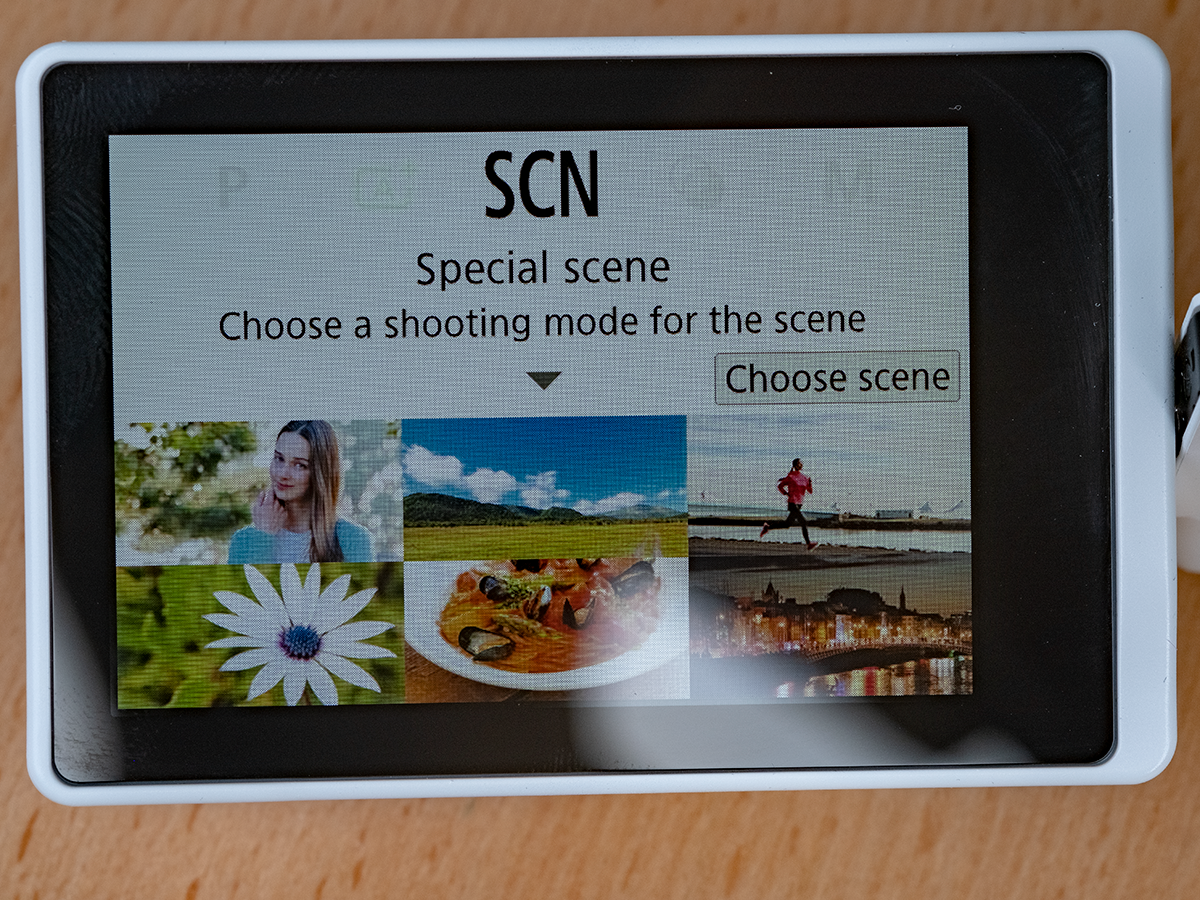
Outside of the main stills and video options, features are fairly thin on the ground.
There is one really good one, though, in the form of a tutorial mode called Guided UI. This is designed to help photography novices get to grips with all the jargon and settings – and it’s by far the best such example I’ve used.
Each of the four guide options, covering the menus, mode dial, features and shooting settings, can be turned off or on as you choose. Set them all to ‘Guided’ and you’ll get explanations and pointers at every turn plus a friendly graphical interface.
It’s a great option for kids, who really aren’t interested in your explanations about how the exposure triangle works, however many times you try to tell them, but who may want to know how to stop their photos from blurring.
Wireless communication is also included, and works really well. Download the Canon Camera Connect app and you can hook up to your phone via Bluetooth and Wi-Fi in a matter of seconds. Once connected you can browse and download images and video or shoot remotely, with plenty of control over what you’re doing.
Elsewhere, there are a bunch of creative filters – B&W, toy camera, fisheye etc – that work well enough, but as always they’re fairly gimmicky and definitely not a patch on what you’d get on a phone. Oh, and the flash is a manual affair and not exactly pro level, but it’s good enough to cover general use and there’s a hotshoe if you want to fit a bigger one.
WHAT’S THE LENS LIKE?
If you buy the 250D in a kit form, as most people will, it comes with Canon’s EF-S 18-55mm IS STM; you can also buy it with an 18-135mm lens, but that costs £829.99 and frankly if you’ve got that kind of dosh to spend you’d be better off buying a better camera instead.
The 18-55mm lens is your standard kit offering: perfectly capable without ever really lifting your shots to the next level. It’s got built-in image stabilisation, which is a boon, and the ‘STM’ bit in the name indicates that it benefits from a stepper motor for super-smooth and silent focusing.
Against that, it’s pretty slow – f4 even at its widest, rising to f5.6 at full zoom. The IS helps make up for that in terms of light gathering, and you can always ramp the ISO up to further compensate, but don’t expect creamy blurred-out backgrounds like you’d get with a fast prime.
CANON EOS 250D VERDICT

The 250D is a mixed bag, but at this price that’s to be expected – and the good definitely outweighs the bad here.
Most importantly, it takes lovely stills that beat those from any phone. To put that to the test I shot the same subject in full Auto mode and on one of the best smartphone snappers out there, the Huawei P30 Pro.
There’s not much in it, admittedly, but for my money the 250D’s images are a clear step up from even a phone of that quality. Stick a good lens on it and they’ll leave it for dead.
Alright, so the autofocus is a bit limited when shooting through the viewfinder, but then again a phone doesn’t even have one of those – and with Live View, it’s excellent.
Video is a harder sell, with many phones now shooting excellent 4K footage themselves. For that reason, YouTubers should look elsewhere. It’s also a much closer-run thing if you compare it to similarly priced compact system cameras. For instance the Fujifilm X-T100, which I tested for Stuff last year, has many of the same advantages (great stills) and disadvantages (poor 4K video).
Fuji’s camera is a lot nicer to look at, a lot smaller and handles far better – but on the other hand, it has a much smaller viewfinder and far worse battery life.
You pays your money and you takes your choice…
Finally, bear in mind that the 250D’s predecessor, the 200D, is still on sale and for £130 less. There’s not a huge difference between them, with the absence of 4K video and a less advanced Dual Pixel AF the main drawbacks to the earlier camera. It’s definitely worth considering.
Ultimately, anyone who fancies taking dipping their toes into photography will find lots to like here. It’s a camera you’ll probably outgrow in a few years, but it’ll definitely help give you the bug.
Stuff Says…
An ideal starter’s DSLR that can take lovely photos so long as you work within its limitations
Good Stuff
Excellent stills
Flexible LCD screen
Excellent battery life
Helpful guide mode
Bad Stuff
Patchy 4K video
Limited autofocus through viewfinder
Small buttons
